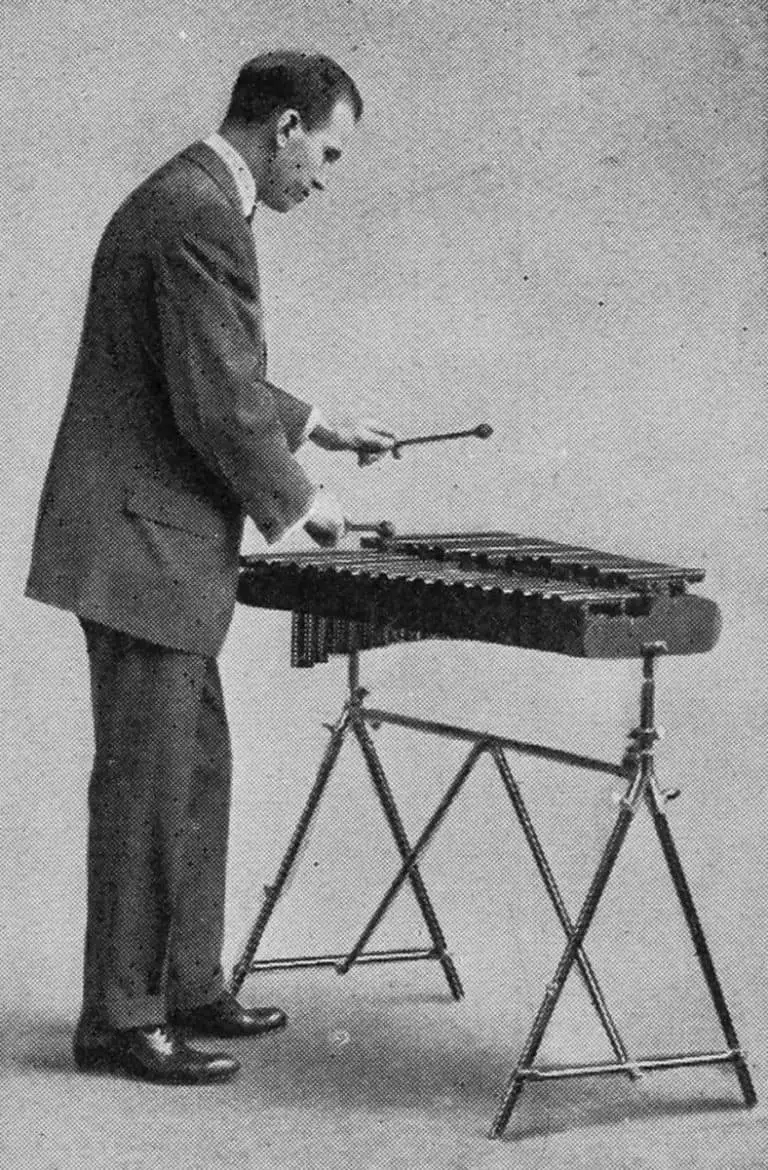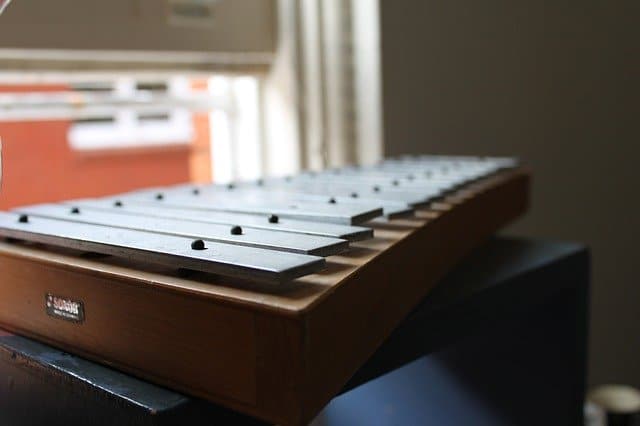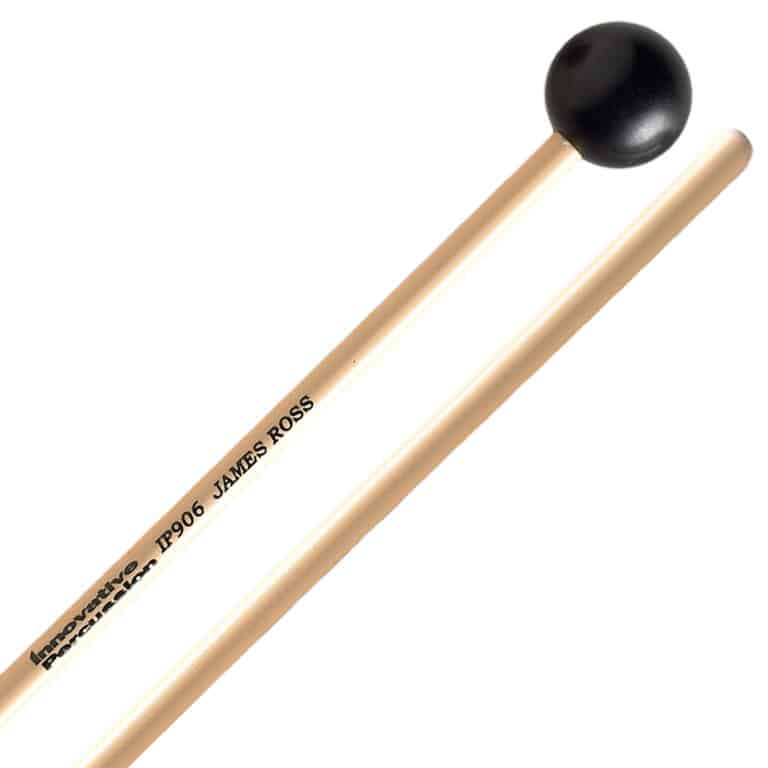15 Simple Songs for Xylophone | Getting Started
Colorful, cheerful and harmonious, the xylophone is able to convey a light-heartedness even with the most simple songs. This list of simple songs are the easiest to play for a beginner and can be found with a search of google pretty quickly.
Easy Songs for Xylophone
- Jingle Bells
- Do Re Mi
- Twinkle Twinkle little Star
- Fra’ Martino (Frère Jacques)
- Happy Birthday to you
- La cucaracha (in Spanish “The cockroach”)
- Tu scendi dalle stelle
- Camptown Races
- He’s Got The Whole World In His Hands
- Oh Susannah
- Up On The Housetop
- When The Saints Go Marching In
- Eency Weency Spider
- All Things Bright And Beautiful
- Arirang
This is a list of the most simple songs to play on Xylophone. not to be dismissed if picking up the mallets for the first time, they are good to practice striking with mallets and finding the various required notes.
If you have other instruments and you enjoy creating compositions with them, the xylophone is perfect for giving that extra touch to your music.
The xylophone originated in Southeast Asia around the 14th century. It has a very simple shape that can be customized in colors and materials.
Making those first sounds
The structure is made up of two rows of wooden bars: the row of the upper floor is reserved for the altered notes, while the lower one is used for the natural notes.
In percussion instruments, it is their surface that vibrates if it is struck. To be heard well the vibrations coming from a reed must be amplified by special devices. Some percussion instruments, such as the xylophone, are equipped with hollow tubes or blocks of wood able to enhance the sound produced by the percussion of the instruments. The sounds are all air vibrations, but the musical instruments emit wonderfully different sounds, they can be of any shape and size and are built in the most varied materials.
The length of the bars or cylinders determines the height of the note and the sound is amplified thanks to an open tube under each of the elements. Not to be confused with the marimba is an instrument similar to the xylophone, but with a different timbre and sound range.
To play the instrument you need to use sticks called mallets, which you will need to hit the bars and create your melodies. To start, it is better to use shorter chopsticks and make the first lessons easier.
Many musicians choose to play it with 4 sticks but it is usual, especially when you are a beginner, to use only two mallets.
As you improve you may make it to playing with 4 mallets and even 6!
But how do you play?
- Hold the mallets between your index finger and thumb, making sure you have a good grip in order to use the movement of your wrist to give a firm hit on the bars
- The position of the hands and elbows must form a triangular shape. This way you can play the xylophone more easily.
- Always hit the bars in the central part
Xylophone notes
The notes of the xylophone refer to the central keys of the piano. Before embarking on the experimentation of the instrument, we remind you that you will have to spend some time studying basic music theory if you want to progress.
Even in this case, in fact, theory is an essential part that will allow you to manage the instrument with greater mastery. And finally, listen to the sound! This is the most complex but necessary part to translate the melodies you have in your head into perfect compositions.
The first row of bars is the one closest to the musician. Here you will find the natural notes on a total extension of 4 octaves. This means that the natural scale that goes from the low C to the next C of the highest scale is repeated 4 times.
A toy xylophone has only the natural notes and very often counts only one octave.
On the upper row of bars, there are the altered notes, that is, the sharp and the flat. This row corresponds exactly to the black piano keys.
Obviously, since the halftone is not present, between the E and F and between the Y and C there is no altered note and consequently, there is no bar. If you are familiar with using a piano you will not find any difference in the arrangement of the keys and notes.
Tips and Tricks
The xylophone, being a determined sound instrument, produces a note that is always the same and clearly identifiable on the staff for each bar.
The duration of the sound varies according to the intensity of the musician’s touch. A more violent percussion, therefore, generates a longer sound. However, there is a trick to prolong the sound making it remarkably fascinating: the trill. This technique is obtained by quickly playing the same bar with a prolonged series of touches.
Make it Fun
To have fun playing the xylophone you can start practicing the performance of solo pieces, that is, playing individually the notes of a famous song. Over time, you can also try soloing on a recorded basis or playing in the company of another musician. This technique consists of the reproduction of a series of notes that indicates a very precise and homogeneous harmonic group called, precisely, a chord.
A xylophone can be used to accompany a song. For example, you can think of singing the song of a famous song by playing the xylophone and also trying and performing the vocal line. The xylophone can represent an accompaniment part, together with other instruments such as guitar, piano, accordion.
Being a percussion instrument the xylophone as well as producing a note also gives the piece a well-defined rhythm. The rhythmic issue is of primary importance and when playing the xylophone one must be particularly careful to follow the tempo of the piece meticulously.
To obtain a clear sound it is important to add the most suitable sticks and strike with the accuracy of the bars. The tone of the xylophone is always the same but the differences are noticeable when you are unable to give the right power by calibrating the touch.
The xylophone is the most flexible of the instruments as it can come in the size of children’s toys with few notes and reach a professional concert instrument. Smaller sizes are often called chime bars and can be presented as individual notes as a desired tool.
Experiment
Always inventing new rhythms and sounds keeps your imagination alive. Playing percussion, like other musical instruments, increases the imagination and creativity that each person has, even if they don’t believe it. Just by trying, you can understand that there are infinite sounds and rhythms to propose and create.




![Best Percussion Instruments For Kids [That you can play too]](https://cdn-0.coolpercussion.com/wp-content/uploads/2020/09/woman-4010110_1920-768x512.jpg)

